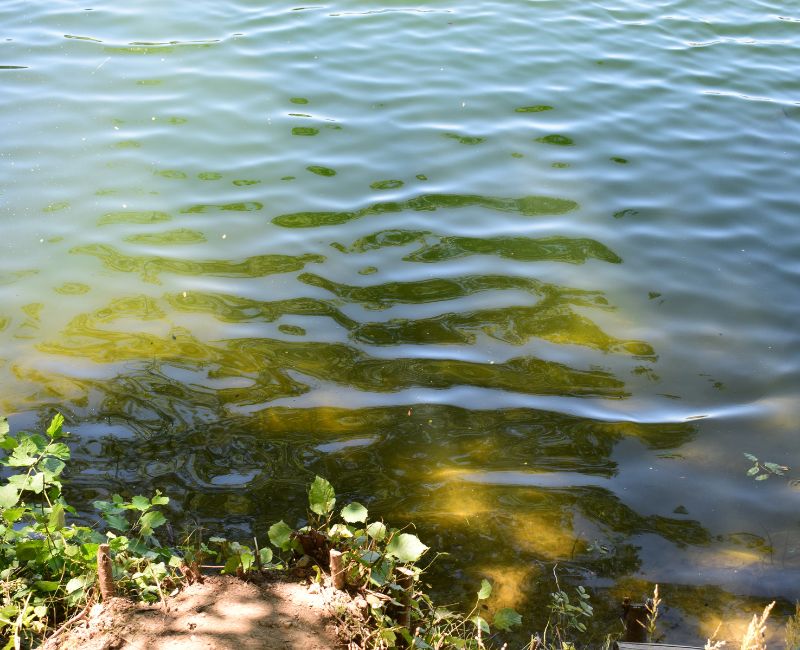Did you ever wonder if the water you drink every day is safe? Is it filled with the required nutritional and mineral value recommended for home drinking water? Is it safe for your kids? Is the water you fill every day in your fish tank not actually killing them?
Water monitoring provides this basic information and answers all your commonly asked questions. And it is essential that you check your water quality once in a while to prevent unwanted consequences.
This is why we have a few local water testing ways to monitor your water quality issues and check if it is in the best form for regular consumption and usage for your family.
Read on to get our water quality monitoring tips, both for your home water and natural bodies of water that feed into our drinking water systems.
Healthy water bodies have a big impact on the health of the underwater flora, fauna, and environment as a whole. We can identify the natural and anthropogenic causes impacting water bodies with the aid of efficient and proactive water-quality monitoring systems.
To make sure that the water bodies comply with environmental regulations, restoration programs can be planned using the findings.
Here are five methods for measuring natural water quality and keeping an eye on it to promote a clean and wholesome aquatic ecosystem for you and your family.



Water bodies naturally include CDOM. By absorbing ultraviolet light, this organic material breaks down to release tannin, which makes the water murky. Additionally, tannin lowers the pH (acidity) of the water and decreases oxygen levels.
Electrical and optical sensors that use sapphire and fluorometers lenses may measure CDOM/FDOM levels. These sensors measure the amount of light available in water bodies based on the water level and show how much dissolved biological matter is present (DOM).
Algae thrive in lakes and ponds, where the surface water is rich in mineral elements like phosphorus and nitrogen. Algal overgrowth causes oxygen levels to drop and increases nitrogen and phosphorus levels, harming the surrounding flora and fauna.
Algal toximeters are used to measure chlorophyll fluorescence. This is a practical way to control unwarranted algal growth and keep an eye on the water quality.
A water body’s conductivity is an excellent early predictor of its quality. The oxygen concentration in the water is influenced by conductivity, which also affects the salinity and total dissolved solid content.
To examine the water quality, salinity, conductivity, and TDS meters, measure the specific electrical conductance of electrolytes dissolved in water. These instruments measure a different parameter, yet the findings are connected and suggestive of contamination.
The other water quality characteristics, including the rate of metabolism and photosynthesis, pH, conductivity, salinity, dissolved gaseous concentrations and water density, are all significantly influenced by temperature.
For instance, plants and aquatic creatures are poisoned by ammonia at high pH levels. An abrupt temperature change, however, can magnify the effect.
To measure temperatures at various depths, times, and locations, a variety of instruments are utilized, thermistors, thermocouples including thermometers and digital temperature sensors.
A rising pH level poses a threat to the aquatic ecology. The pH of the water is altered and the concentrations of harmful ammonia rise as a result of some circumstances, including pollution and an overabundance of algae.
Water test kits that offer a wide range of pH values and are color-coded can be used to measure pH. These kits are the most effective at illuminating the pH- range that the water is categorized into. Electronic pH sensors, on the other hand, provide measurement data with a precision of up to two approximate decimal places.

Common household treatment systems include filtration channels, water softeners, distillation systems, well water treatment systems, and disinfection.
But to determine the best for you, you can buy a home water tester kit or contact your nearest local health department to help you choose the best water treatment system according to your need.
Monitoring helps us answer a few major health, hygiene and daily consumption questions. Regular monitoring helps you characterize waters and identify changes or trends in water quality over time. This will help you make decisions regarding your purifier settings, whether you might need a water softener, etc.
Water monitoring also helps you identify specific existing or emerging water quality problems. As aware citizens, it helps determine whether compliance with pollution regulations or implementation of effective water filter actions are being met by your government, thus bringing us closer to keeping our family safe and getting closer to sustainable living.
National Water Service has been providing residential & small commercial water treatment, plumbing & well pump services for over 45 years. We specialize in water treatment, filtration & purification solutions as well as general plumbing to ensure clean, safe water for our customers in Maryland, DC & Northern Virginia.
Mon - Thurs
7:00am - 5:00pm
Friday
7:00am - 4:00pm
Sat - Sun
Emergency Service Available
National Water Servicing Corporation — 2025 All Right Reserved ™